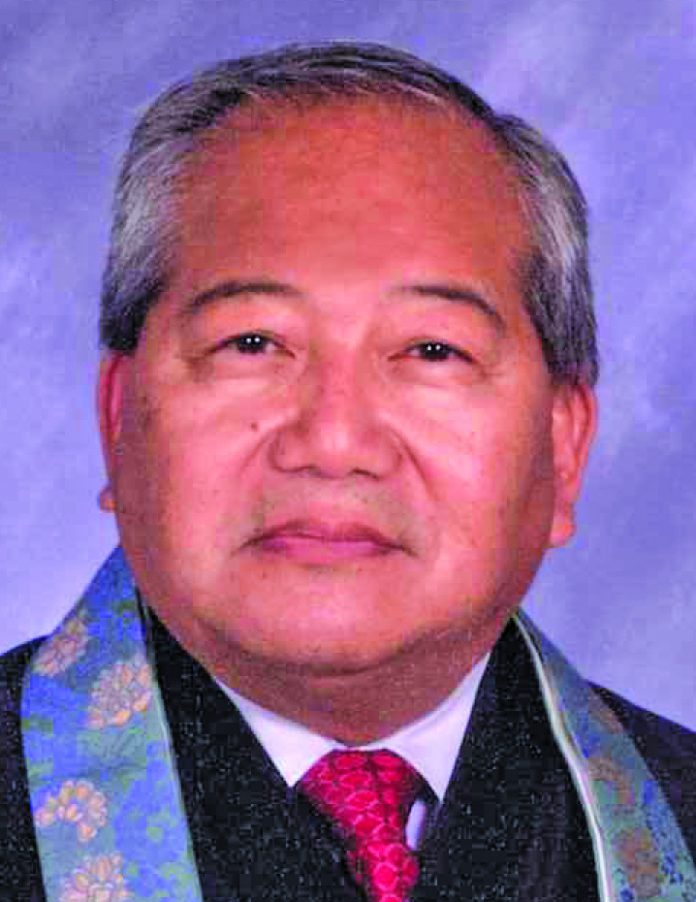The month of July and August is what Buddhists call Obon season. For many, the Obon is a Buddhist festival of food, cultural arts, displays and folk dancing. The religious aspect of Obon comes from the sutra called the Ullambana Sutra. The sutra is the story of Mogallana a great disciple of the Buddha. Mogallana through his great meditative powers sees his deceased mother suffering in the lower realm of the hungry ghosts. Unable to help her, Mogallana seeks the advice of the Buddha. The Buddha tells Mogallana to conduct a memorial service in memory of his mother and practice selflessness by making donations to the temple. Mogallana does so and his mother is released from her suffering. More important Mogallana is relieved of his anxiety over his mother. Mogallana then leaps for joy. This was the first Obon dance.
Obon is also called a gathering of joy kangi-e. It is truly a memorial for those who have died since the last Obon, so it may seem a bit unusual to call it a gathering of joy. The concept of a memorial service is well known to Buddhist, however, to many in the general public it may be something foreign and mysterious. In many traditions, the memorial is not often practiced or observed at all. By virtue of the word, it is an opportunity for us to remember or be reminded of people who are important in our lives.
It is an important observance where we are reminded of the continuing influence of our friends and family. The memorial acknowledges the life of our loved ones and reminds us of what they have taught us and given us. The memorial, therefore, is for our benefit, not for the deceased.
Like Mogallana in the sutra, we are relieved of our anxiety and concern for our departed loved ones knowing that they are embraced by the Buddha are reside peacefully in the Pure Land of the Buddha. Therefore, we can dance for joy with a deep sense of gratitude.
If you visit a Buddhist temple during the Obon festivities you will experience food, dance, laughter and joy while remembering those who have departed before us. You will see and experience people celebrating life in gratitude for those departed ones who have given us so much. This is the practice of a Buddhist to live life, embrace life and be aware and connected to joy of life inside and outside ourselves.
Gassho.
Rev. Hosei Shinseki leads the Watsonville Buddhist Temple. His opinions are his own and do not necessarily represent those of the Pajaronian.











